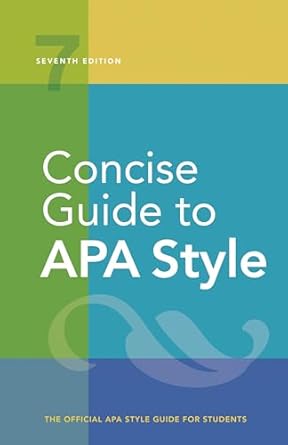[toc]
inclusive language guide respecting identity culture
Concise Guide to APA Style: 7th Edition (OFFICIAL)
Page 97 Review
Understanding and Respecting Identity: A Deep Dive into Inclusive Language
This excerpt offers crucial guidance on using respectful and accurate language when referring to diverse populations.
It emphasizes self-identification and sensitivity to cultural nuances, particularly concerning Indigenous Peoples and those of Middle Eastern, Hispanic, and Latinx origin.
Indigenous Peoples: A Matter of Respect and Specificity
The text underscores the importance of precision and respect when referring to Indigenous communities.
It highlights the diversity within these groups and the need to avoid generalizations.
Key Takeaways:
* **Specificity is Key:** “(e.g., People of the First Nations of Canada, People of the First Nations, or First Nations People; Métis; Inuit).”
This illustrates that identifying the specific nation or people is crucial, demonstrating respect for their unique identity.
* **Regional Variations:** “In Alaska, the Indigenous People may identify as ‘Alaska Natives.’” Recognizing that Indigenous identity varies across regions is vital.
* **Avoid Outdated Terms:** “Avoid the term ‘Eskimo’ because it may be considered pejorative.” Being aware of and avoiding potentially offensive language shows cultural sensitivity.
* **Global Awareness:** The text provides examples from Latin America, the Caribbean, Australia, and New Zealand, demonstrating the global scope of Indigenous identity and the need for culturally appropriate language.
People of Middle Eastern Origin: Nation of Origin Matters
When discussing individuals of Middle Eastern and North African (MENA) descent, the excerpt emphasizes the importance of stating their nation of origin.
Key Takeaways:
* **National Identity:** “When writing about people of Middle Eastern and North African (MENA) descent, state the nation of origin (e.g., Iran, Iraq, Egypt, Lebanon, Israel) when possible.”
This acknowledges the diverse national identities within the MENA region.
* **Self-Identification:** “In all cases, it is best to allow individuals to self-identify.” This reinforces the overarching principle of allowing individuals to define themselves.
Hispanic and Latinx Ethnicity: A Nuanced Landscape
The excerpt delves into the complexities of referring to individuals who identify as Hispanic, Latino/a/x, or Chicano/a/x, highlighting the differing connotations and preferences within these communities.
Key Takeaways:
* **Consultation is Essential:** “Authors should consult with their participants to determine the appropriate choice.”
This stresses the importance of direct communication and respect for individual preferences.
* **Distinction Between Terms:** “Note that ‘Hispanic’ is not necessarily an all-encompassing term, and the labels ‘Hispanic’ and ‘Latino’ have different connotations.”
This acknowledges the nuances and potential differences in meaning between these terms.
* **Language and Origin:** “Some use the word ‘Hispanic’ to refer to those who speak Spanish; however, not every group in Latin America speaks Spanish (e.g., in Brazil, the official language is Portuguese).”
This highlights the importance of considering language and origin when using these terms.
* **Gender-Inclusive Language:** “The word ‘Latino’ is gendered (i.e., ‘Latino’ is masculine and ‘Latina’ is feminine); the use of the word ‘Latin@’ to mean…”
The excerpt introduces the challenges and evolving nature of gender-inclusive language.
The Importance of Self-Identification
Throughout the passage, the central theme is the importance of allowing individuals to self-identify.
This underscores the respect for personal autonomy and cultural identity.
The text effectively navigates the sensitivities and complexities of inclusive language, providing valuable guidance for writers and researchers.
Ethical Considerations and Responsible Communication
By emphasizing self-identification and sensitivity to cultural nuances, the excerpt promotes ethical considerations and responsible communication.
Writers and researchers must remain mindful of the diverse backgrounds and experiences of individuals and communities, using language that is respectful, accurate, and inclusive.
This not only fosters better understanding but also contributes to a more equitable and inclusive society.
Buy full ebook for only $18: https://www.lulu.com/shop/american-psychological-association/concise-guide-to-apa-style-7th-edition-official/ebook/product-rmzpq54.html?page=1&pageSize=4

